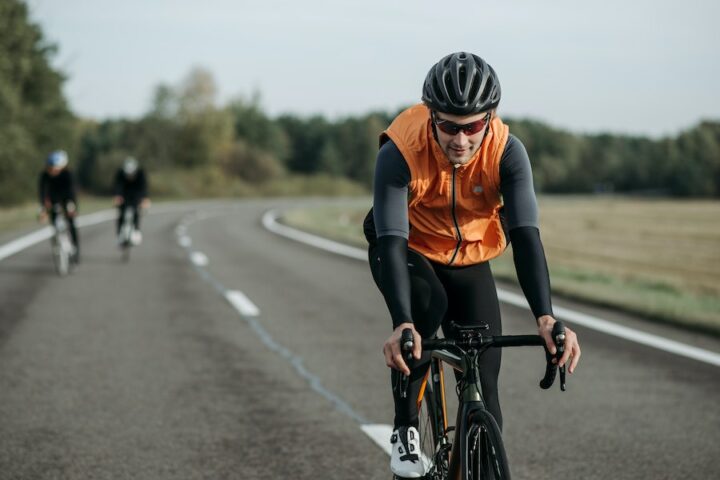
Is There a Value to the One-Hour Easy Ride?
We all understand the purpose of high-intensity intervals and long endurance rides, but is there a value to kitting up and doing a workout that’s both short and easy?
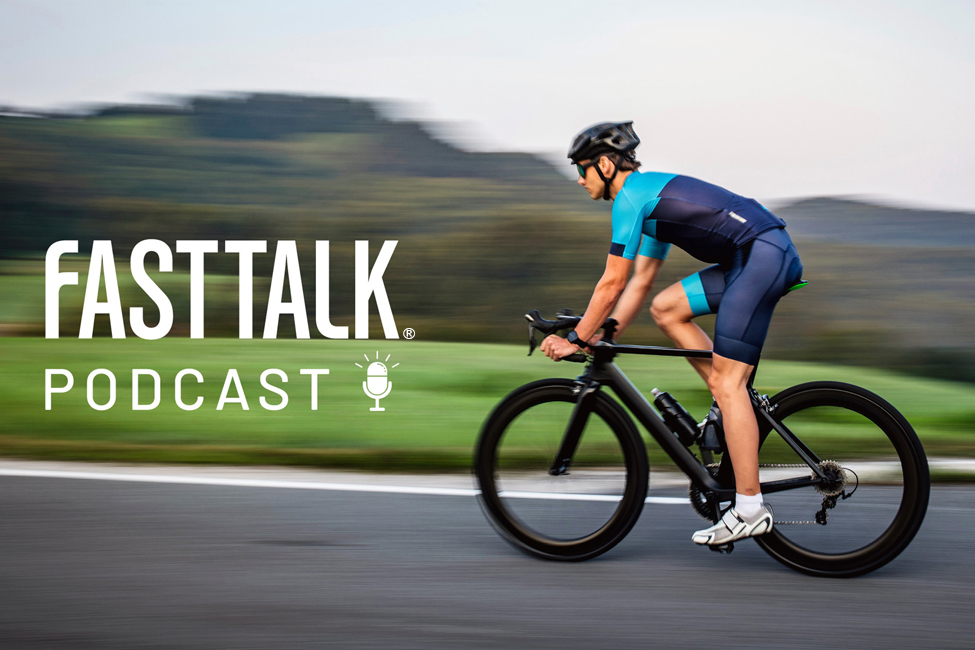
The Fast Talk Podcast focuses on the science of endurance sports in a conversational and informative style. Mixed into the deep discussions, there are tips and takeaways regarding endurance training philosophy, human physiology, workout design, performance nutrition, and sport psychology.
Our hosts Trevor Connor and Rob Pickels explore these topics with world-class, leading experts on endurance sports. These include researchers like Dr. Stephen Seiler, Dr. Bent Ronnestand, Dr. Inigo San Millan, as well as coaches such as Joe Friel, Neal Henderson, Stacy Sims, and Grant Holicky.
Subscribe to Fast Talk for over 275 episodes on Apple Podcasts, Google Podcasts, Overcast, Soundcloud, Spotify, Stitcher, and on your favorite podcasting app.

We all understand the purpose of high-intensity intervals and long endurance rides, but is there a value to kitting up and doing a workout that’s both short and easy?
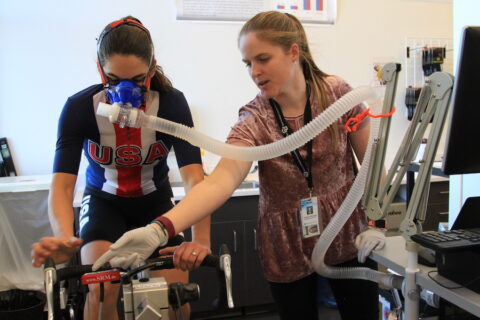
Time at VO2max is driving the recent research on what makes the most effective intervals, but is it a good metric to use? We find out on this week’s Fast Talk podcast.
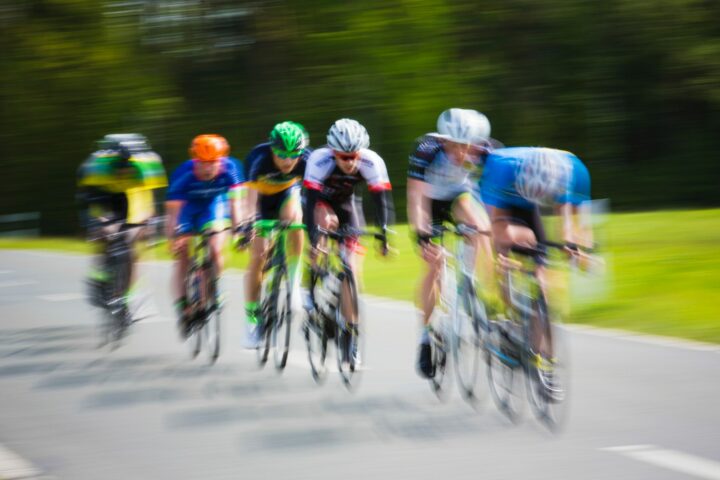
High-intensity training offers many benefits. It also has limitations. We explore just how much HIT work you need to perform at your best.
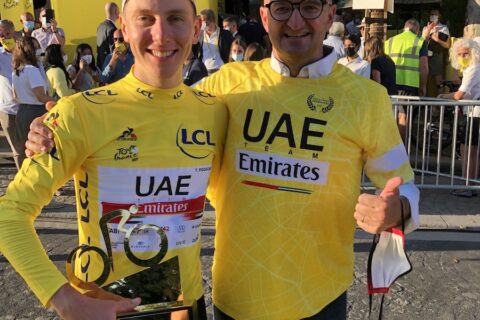
Elite cycling coach Dr. Iñigo San Millán explores the goals of training during the early season, base training months and how to best execute that training.
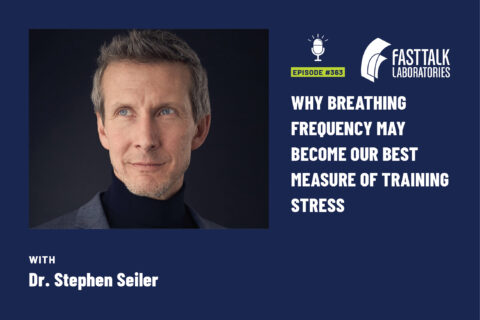
Dr. Stephen Seiler joins us to talk about his new project developing a breathing frequency measure and why it may match up better with perceived exertion than heart rate or power.
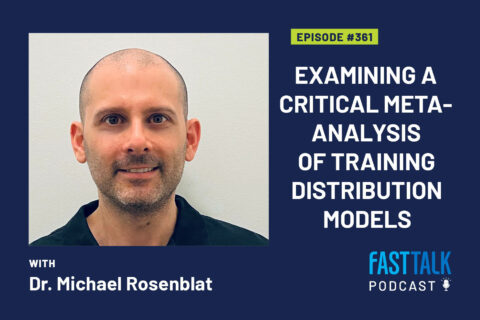
Dr. Michael Rosenblat joins us to discuss the largest meta-analysis comparing distribution models, which he co-authored with Dr. Stephen Seiler.
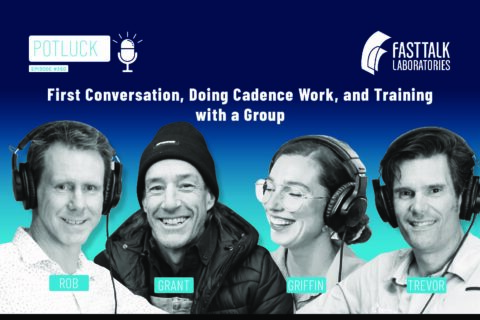
In this week’s potluck episode, we discuss what coaches should look for in their first conversation with an athlete, how to best do cadence work on the bike, and how to take advantage of group training while not losing sight of your plan.
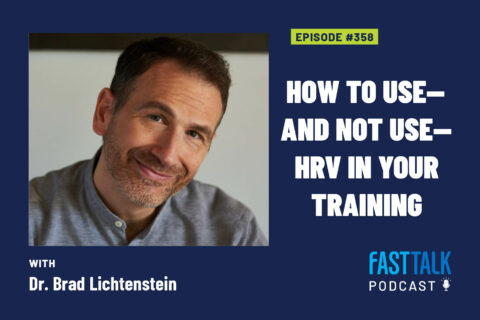
We talk with HRV expert, Dr. Brad Lichtenstein, about the value of HRV in training, what it does and doesn’t show, and what to be careful of when you use it.
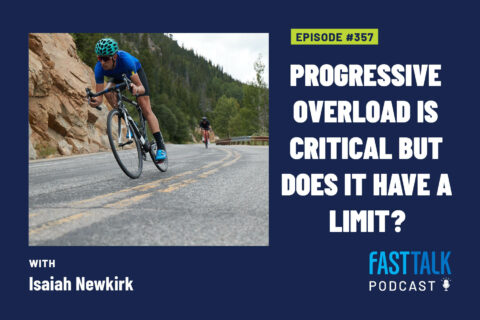
Coach Isaiah Newkirk joins us to talk about why progressive overload is so important to training, and how we can continue to get gains when we can’t add more volume or intensity.

Fast Talk’s head physiologist details why it’s important to maintain muscle mass as an endurance athlete, and how to do it even when trying to lose weight.
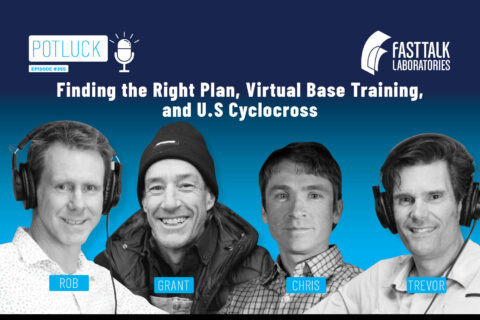
We discuss how to find the right plan for you, using virtual training platforms in the base season, and the state of U.S. Cyclocross.
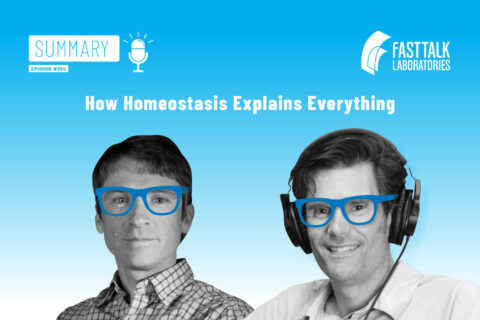
In this summary episode we discuss how homeostasis is at the core of almost every function in our bodies, including how we train and stay healthy.
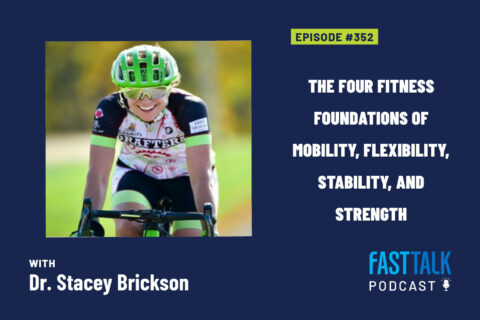
We talk with coach and physiologist Dr. Stacey Brickson about the importance of off-the-bike work, not just for performance but longevity and health.
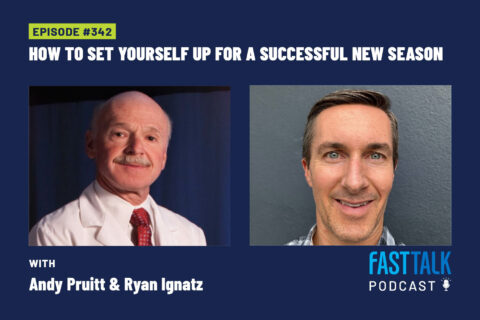
Ryan Ignatz and Dr. Andy Pruitt join us to discuss gear, testing, and all the other things you can do in the off season to set yourself up for the upcoming year.
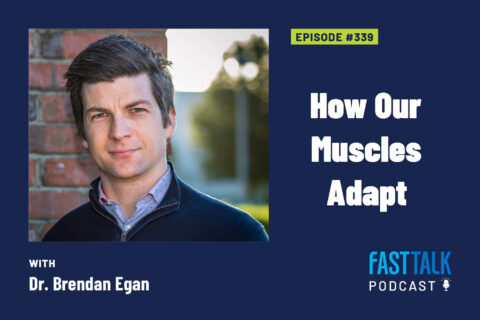
Dr. Brendan Egan joins our hosts to explain what happens in our muscles after a hard training session that causes us to get stronger and faster.
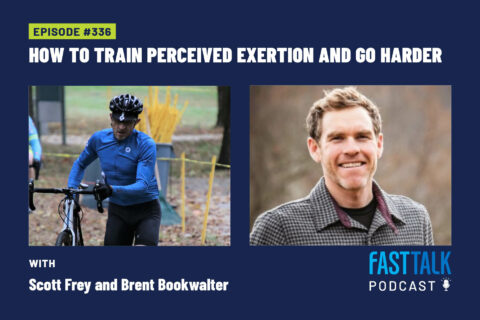
We talk with Dr. Scott Frey and Tour commentator Brent Bookwalter about how our brains perceive effort and ways we can manipulate that perception to go harder.

We do the bulk of our training in zones 1 and 2, so this episode will explain how to define them and—more importantly—how to best train them.
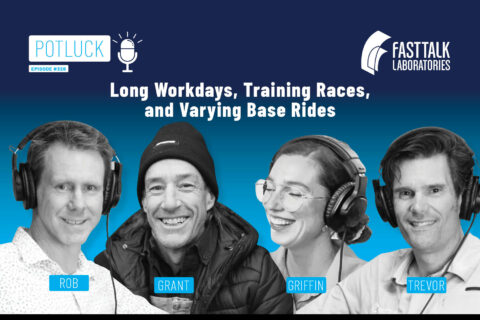
Our hosts bring their questions on working out at the end of a long day, how to manage when training races are too easy, and if base ride intensities should be varied.
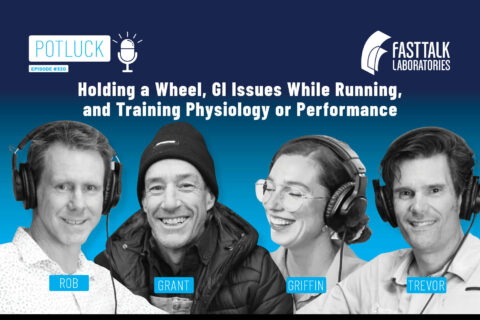
In this potluck we discuss what to do when you’re struggling to hang on to a wheel, what the overall goal of training should be, and how to handle needing to poop during a long running event.
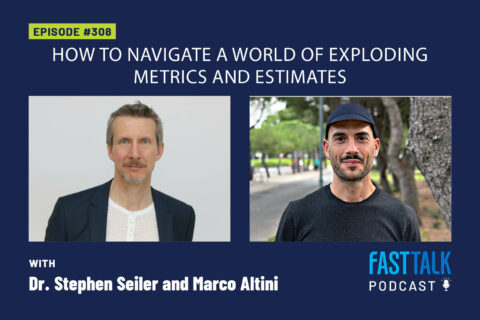
The number of, well, numbers we track during training is exploding, but they’re not all made equal. Some represent actual measurements while others are just estimates. We discuss the implications.
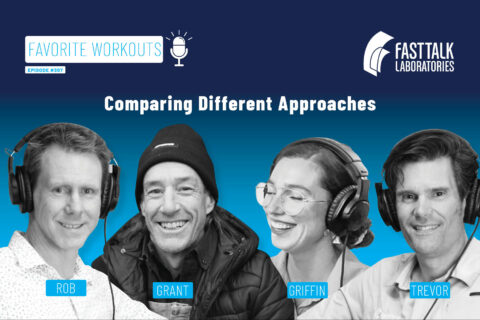
All-star guests like Dr. Stephen Seiler, Frank Overton, and Sonya Looney share their favorite cycling workouts and how they fit into different training styles.

We dive into blood flow restriction, anti-aging supplements, post-activation potentiation, and the potential fringe training benefits you may never have even heard of.